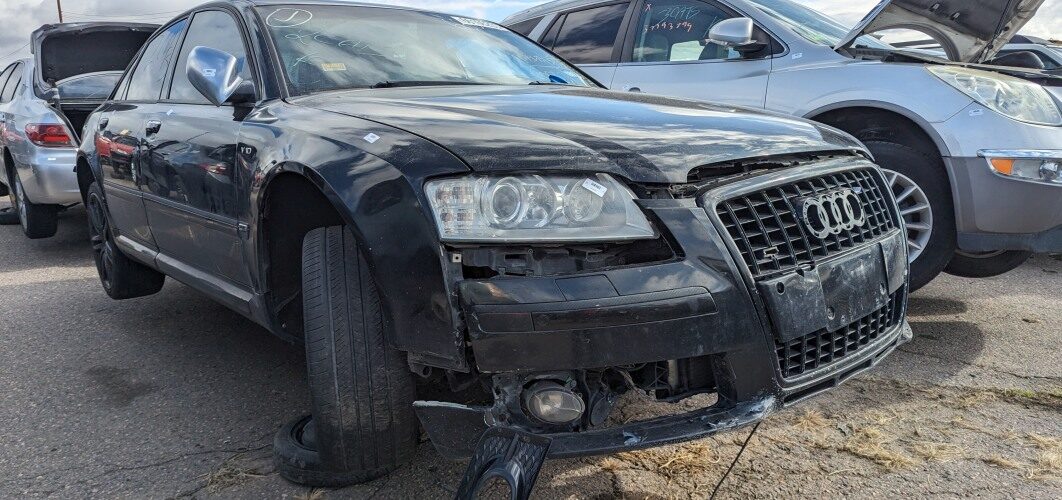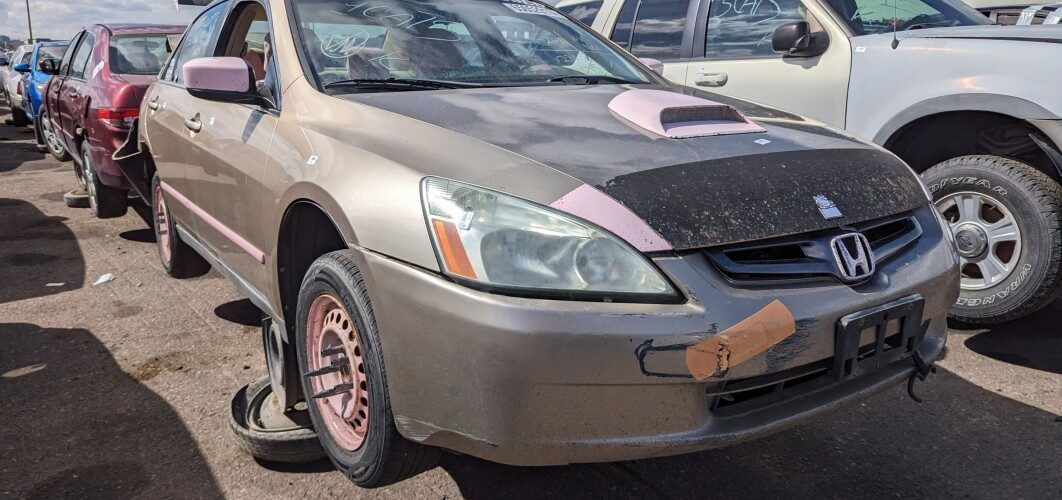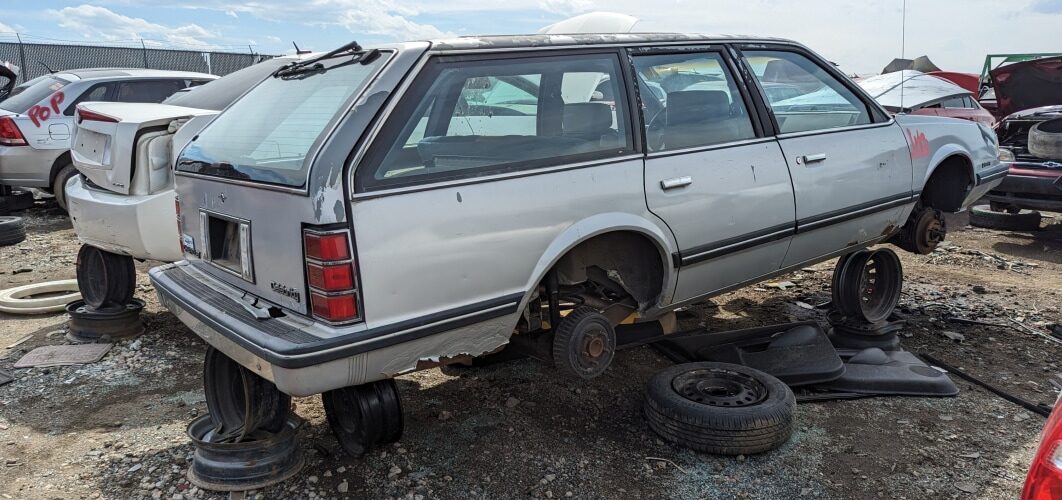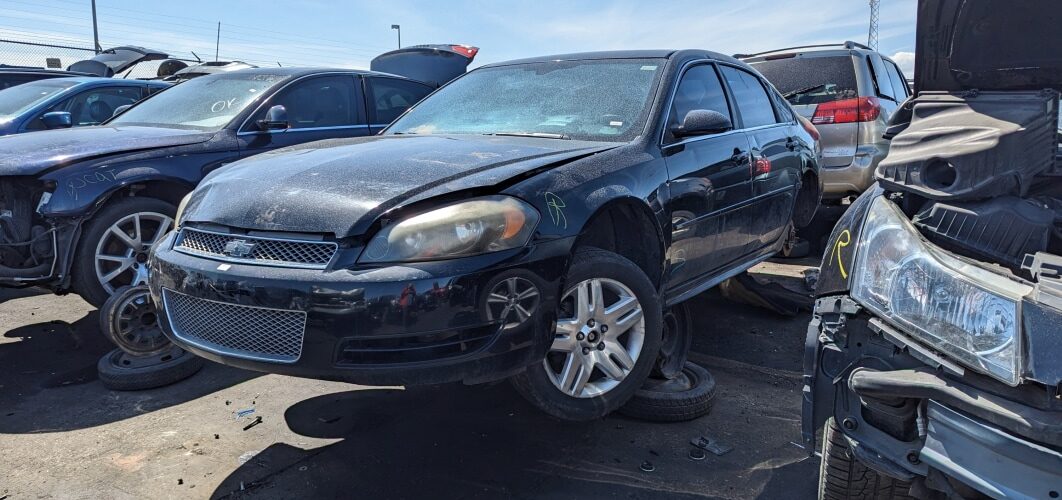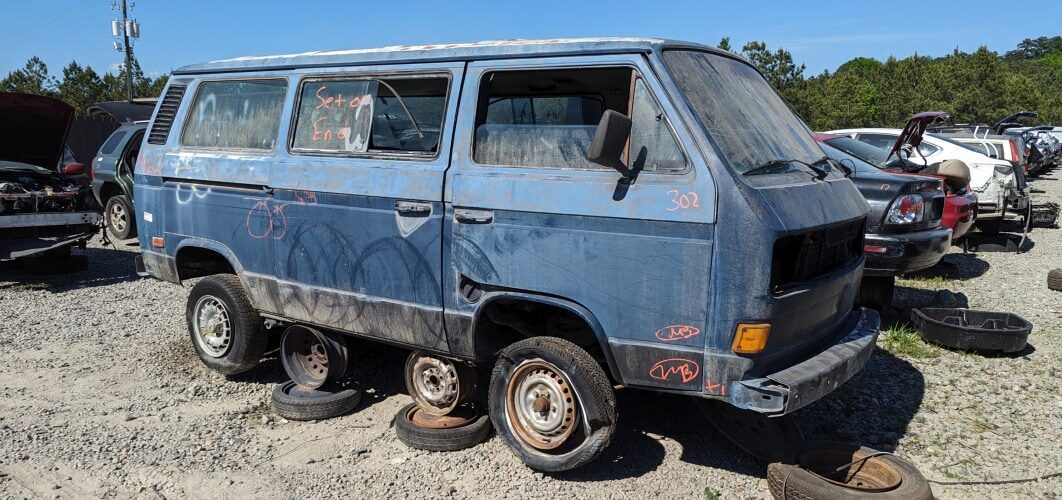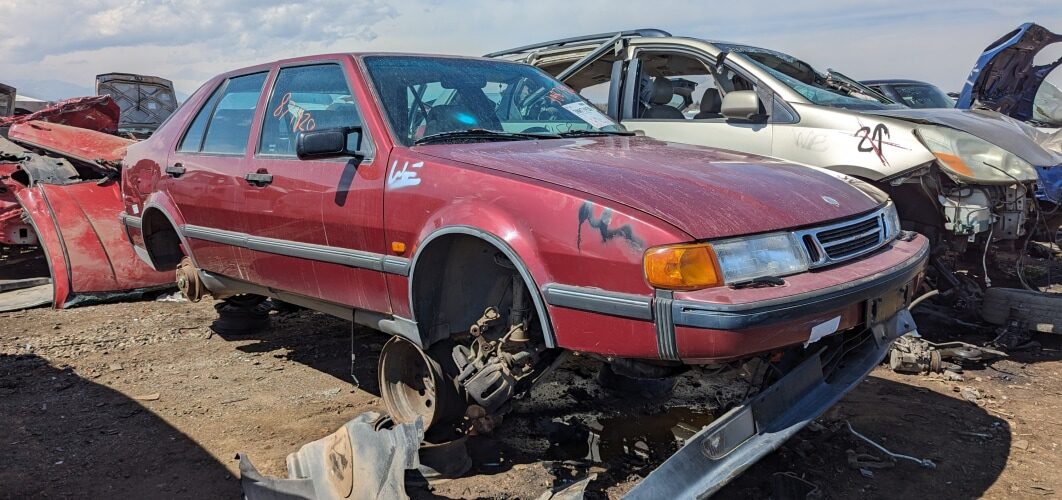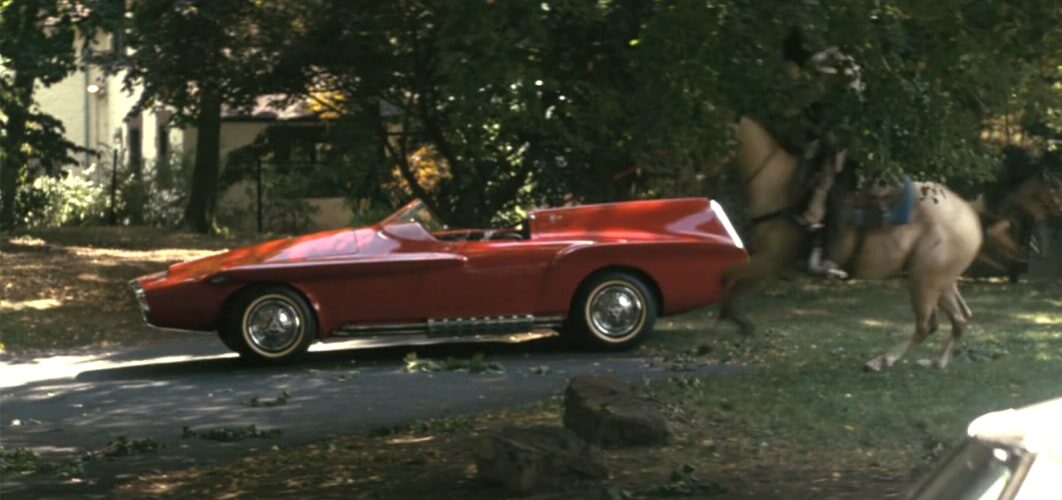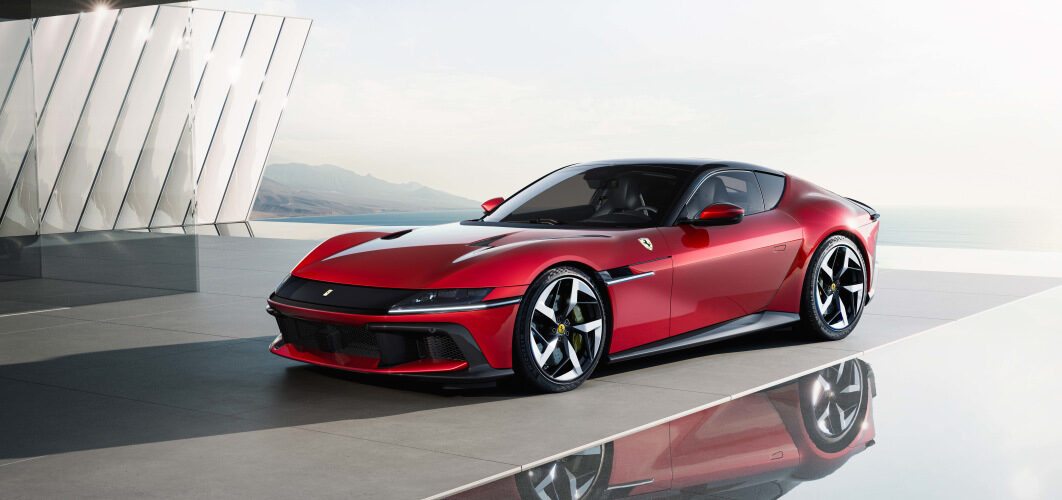MARANELLO, Italy – Bentley built its final W12 in April, an engine VW Group introduced in 2001. Mercedes and BMW already bid auf wiedersehen to 12 cylinders. But Ferrari is Ferrari. Defying trends and regulators, the company has created a radically reimagined GT whose name rivals “LaFerrari” for on-the-nose intent: The 12Cilindri.
The new Ferrari 12Cilindri was just officially revealed in Miami, but I got a deep-dive viewing two weeks ago at the company’s sleek Centro Stile (“design center”) in Maranello.
With all respect to the 812 Superfast, the breathtaking, Delta-themed 12Cilindri crumples and tosses its predecessor’s evolutionary design. For years now, Ferrari’s classic front-engine GTs have been overshadowed by its mid-engine V8 supercars, and now the brilliant six-cylinder 296 GTB hybrid. So extending the life of Ferrari’s hallowed V12 is a good thing, but only if the GT it powers gets some love and attention as well.
Talk about an attention-getter. Even as it nods to Ferrari’s past — including a visor-like hood band that’s a cheeky callback to the 365 GTB4 Daytona — the 12Cilindri’s winning modernity seems a career mic drop (so far) for design chief Flavio Manzoni.



Fans of ICE-fueled overabundance will give thanks to 12 apostles, seated for supper in red-haloed rows, below the Ferrari’s DaVinci-spec hood. Those cylinders will deliver a decidedly unholy 819 horsepower, up from 788 in the 812 Superfast, and matching the track-focused 812 Competizione. Ferrari pegs 0-62-mph (100 km/h) acceleration in 2.9 seconds, a 7.9-second rip to 124 mph, and a top speed beyond 211 mph.
The Ferrari V12 that started it all was Gioacchino Columbo’s controversial 1.5-liter design, whose 1946 blueprints are preserved in Maranello. Critics scoffed that the tiny displacement was better suited to a four-cylinder. Italian racer Franco Cortese recalled a general consensus on Enzo: “He’s a nutcase. It will eat his money and finish him.”
Instead, Enzo’s one-off 125 C (and a single 125 S) rolled from the factory gate and into history in 1947. That 125 C conked out with fuel-pump problems while leading its first race, which Enzo dubbed “a promising failure.” The snub-nosed red barchetta won six of its next 13 races — though not the Mille Miglia — making 100 horsepower from its 60-degree V12. Ferrari wouldn’t build a road car without a front-engine V12 for 20 years, until the mid-mounted V6 Dino 206 in 1967. So Ferrari’s 12-cylinder loyalty is only natural, including in the naturally-aspirated Purosangue SUV.

Eight decades of growth have lifted displacement to a big-blocky 6.5 liters, with the aforementioned 819 horses and 500 pound-feet of torque. I’m already dreaming of a test drive when Manzoni lifts the largest hood ever fitted to a Ferrari: a single hunk of hot-formed aluminum long enough to make a Viper blush. The front-hinged clamshell eliminates cutlines around the hood, in a car inspired as much by aeronautics as automobiles. Say arrevederci to a traditional grille. Headlamps are integrated into the wraparound “Daytona” band, with blade-like daytime running lights. A pair of asymmetric hood vents are the only visual break in the fluid form. Sexy, swelling front and rear fenders are connected by a subtle update of Ferrari’s familiar semi-circular indent line.
Again dispensing with nostalgia, Manzoni and Co. went for high, functional drama out back: A sweeping rear window and carbon-fiber roof nod to an aeronautic flybridge. And rather than a traditional rear spoiler, that rear window melds into a pair of moveable, batwing-like flaps at each corner. The electric winglets can lift up to 30 degrees to boost downforce, but won’t move independently. (Ferrari engineers say the weight and complexity of a dual-motor system weren’t justified by aero gains). An aggressive rear diffuser juts like a lineman’s facemask, the one area where function arguably intrudes on an otherwise-elegant form.



The window and, um, “batflaps” form the car’s signature Delta shape, with the greenhouse surface in contrasting body color. A gem-like lighting blade (with no round taillamps, scusi) wraps a concave rear. Viewed from behind, the 12Cilindri appears to be a double-wide supercar fantasy: Owners had better prepare to be chased by Insta-snapping fans.
Ferrari unveiled the coupe in a coat of gray-white “Bianco Artico” paint, which seemed hard to top — until we traipsed into its Atelier (where customers choose leathers and other options) for a gander at the 12Cilindri Spider. The convertible was shown in “Verde Toscana,” a spring awakening of green-gray that flattered every line. As in the 296 GTS, the space-saving retractable hardtop opens or closes in 14 seconds at speeds up to 28 mph.
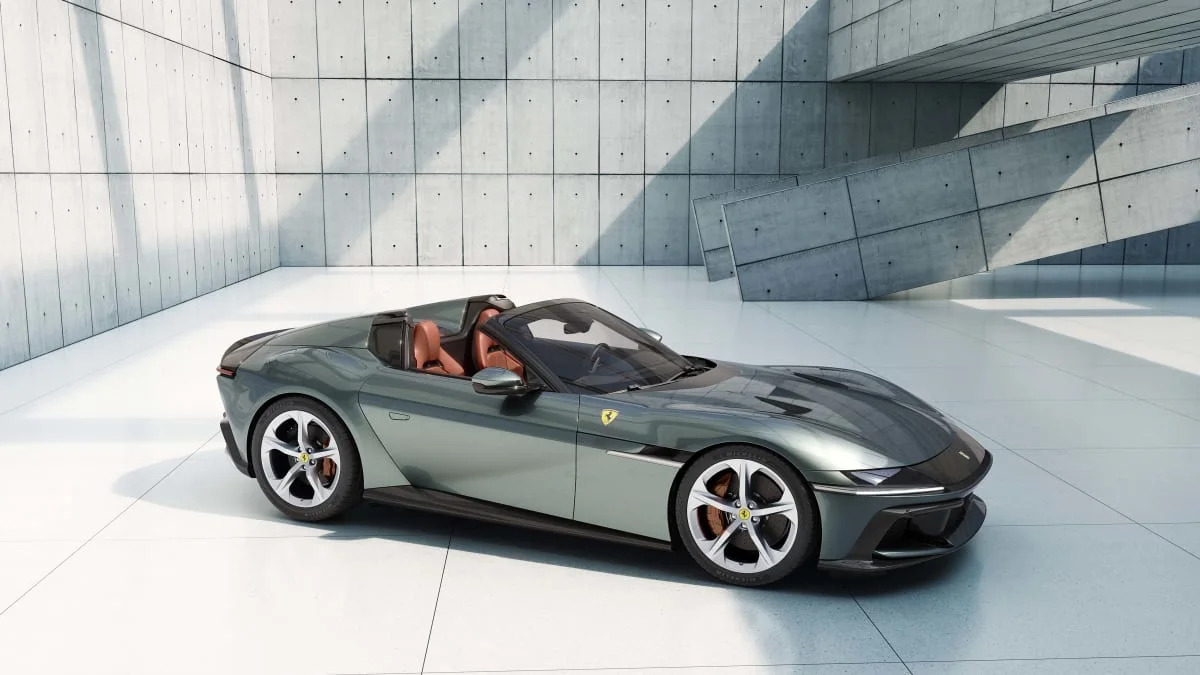
Like the Roma and Purosangue, the 12Cilindri adopts a dual-cockpit design that wraps driver and passenger in beautiful, near-symmetric binnacles. A physical Manettino driving-mode selector patrols the racy flat-bottom steering wheel, unfortunately with the capacitive Start/Stop switch of other recent models, rather than an analog button.
There’s also a digital screen for the passenger to noodle with. But the stop-the-presses news is a third digital display: A 10.3-inch center screen tucked below the artistic dash, whose infuriating absence on Purosangue and 296 models left drivers thumbing through an overtaxed (and distracting) driver’s display for every last function. Ferrari executives refused to bite on suggestions that multilingual cursing and complaints from owners may have sparked this change-of-heart. But we’ll go out on a limb and say that even the most coordinated driver doesn’t want a fussy steering-wheel slider to scroll Spotify or adjust navigation maps.

Press that haptic Start switch, however, and the V12 will remind you of Ferrari’s reason for being. Ferrari cues up a recording of the engine scaling to 9,500 rpm like a runamok Pavarotti, ripping through downshifts with murderous glee. Nessun Dorma indeed — or “None Shall Sleep” — because the wake-the-dead wail of a Ferrari V12 will be talked about, mourned and ultimately preserved by collectors into the next century. They’ll just need to preserve some unleaded as well.
An all-new exhaust system, including equal-length runners for the 6-into-1 manifolds, also flatters the “noble combustion orders” of the 12-cylinder mill.
As on the 812 Competizione, the dry-sump engine’s reciprocating parts are 40% lighter. Titanium connecting rods and a new aluminum alloy for pistons trim more weight. Sliding finger followers for the valvetrain mimic Ferrari’s F1 cars, and diamond-like carbon (DLC) surface coatings reduce friction.
Ferrari’s spectacular eight-speed, dual-clutch gearbox should deliver palpable gains, versus a seven-speed on all 812 models. First seen on the SF90 Stradale, that F1 transmission brings 15% shorter gearing and 8% speedier shifts. That should solve the 812’s tendency to run out of oomph in its tall third and fourth gears. Relatively speaking: When I’ve run through gears in an 812, with up to 819 horses, I tend to focus on a shortage of runway and brains, not power.


Here, Ferrari claims a first for its naturally aspirated engines: a patented software solution that helped sculpt a sturdier torque curve in third and fourth gears. Company engineers were a bit vague about how it works, but said their “Aspirated Torque Shaping” boosts the sensation of maximum torque and unbroken momentum. Add up the changes, and Ferrari cites a 12% jump in torque at the rear wheels versus previous V12 berlinettas.
Chassis torsional stiffness grows by 15%, with an adjustable MagneRide suspension and 21-inch forged wheels all around. Engineers say suspension turning roughly splits the difference between an 812 and the hardcore Competizione. Owners choose between Michelin Pilot Sport S5 or Goodyear Eagle F1 Supersport tires. (Are you kidding? Take the Michelins). Active air flaps work with five underbody vortex generators to channel and extract air. Shock towers integrate recycled aluminum for the first time to trim CO2 emissions during casting.
The biggest gain here appears to be a wheelbase that’s shortened by 0.8 inches. That’s not much on paper, until you add rear-wheel steering. By tightening the turning radius, the feature virtually shortens the wheelbase by another 1.2 inches. Ferrari engineers say the total 2.0-inch reduction helps create a decisively more-agile GT.
To halt a big-bodied Ferrari with a claimed dry weight of 3,432 pounds, the 12Cilindri adopts an impressive brake-by-wire system from the 296 GTB, the shortest-stopping car in the Cavallino stable. Engineers say the 12Cilindri brakes from 62-0 mph in 107 feet, with “6D multi-axis sensing” allowing each wheel to brake independently. Side Slip Control, the big brain behind the company’s otherworldly traction and stability systems, is now in its eighth iteration.
All this and more, for €395,000 to start in Italy; or closer to €435,000 for the 12Cilindri Spider that’s set to follow in early 2025. U.S. pricing has not been set. But if you have to ask …

Between the coupe, Spider and Purosangue for garden-center runs, Ferrari will have three V12 models. Executives said that’s the culmination of a decision made four years ago to continue investing in ICE powertrains, including for loyal customers who still clamored for a V12.
“It is not up to us to impose technology,” said Enrico Galliera, chief marketing and commercial officer.
Even now, Galliera said, Ferrari “will not have the arrogance” to say these are their final, ultimate, no-foolin’ V12 models, even as the company readies a new building in Maranello (set to open in June) to house its fast-growing electric operations.
As for the 12Cilindri name, Gianmaria Fulgenzi, chief development officer, called it a “declaration of love.” Executives joked they’ll offer training sessions to help folks pronounce it correctly. For the record, it’s “DOH-di-chee Chill-IN-dree.” Or, you could just whistle.










